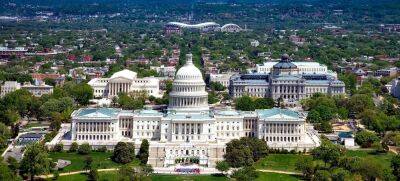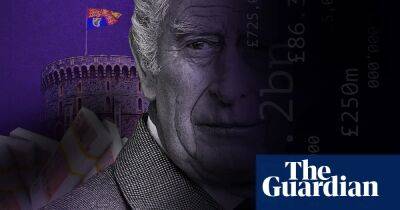Windsors v Borbóns: comparing the public pay of European royal families
C omparing the cost of Europe’s royal dynasties is akin to comparisons between apples and oranges. Each family is unique, and each government has a different way of paying for them. Some royal budgets cover the cost of maintaining palaces, staff and security; others are limited to annual stipends to individual kings or queens.
Tax is paid by some European royals but not others. Some countries are highly transparent, providing detailed breakdowns of how public money is spent on individual royals. Others are more opaque, with royals supplementing an official government lump sum with other quasi-private sources of income. One thing, at least, is clear: European royal families come with vastly different price tags.
Family name/House: The Windsors
Monarch: King Charles III
Approximate public funding: £86m-£122m
The most famous of Europe’s grand hereditary families, and probably the richest and most powerful too. Many Britons wrongly assume their monarch fulfils purely ceremonial roles, and has no real power. However, an archaic procedure known as “consent” allows the monarch, or heir, to secretly vet laws before they are approved by the elected members of parliament.
It was once used by Queen Elizabeth II to persuade ministers to change the law to conceal her “embarrassing” private wealth from the public.
There is no breakdown of how much individual members of the royal family receive for their official duties. The monarch does receive a lump sum – the sovereign grant –which has risen dramatically over the last decade. The UK taxpayer gave £86.3m towards the cost of the British royal family last year. Of that, £34.5m was spent on refurbishing Buckingham Palace as part of a 10-year restoration programme. The core cost to the
Read more on theguardian.com













